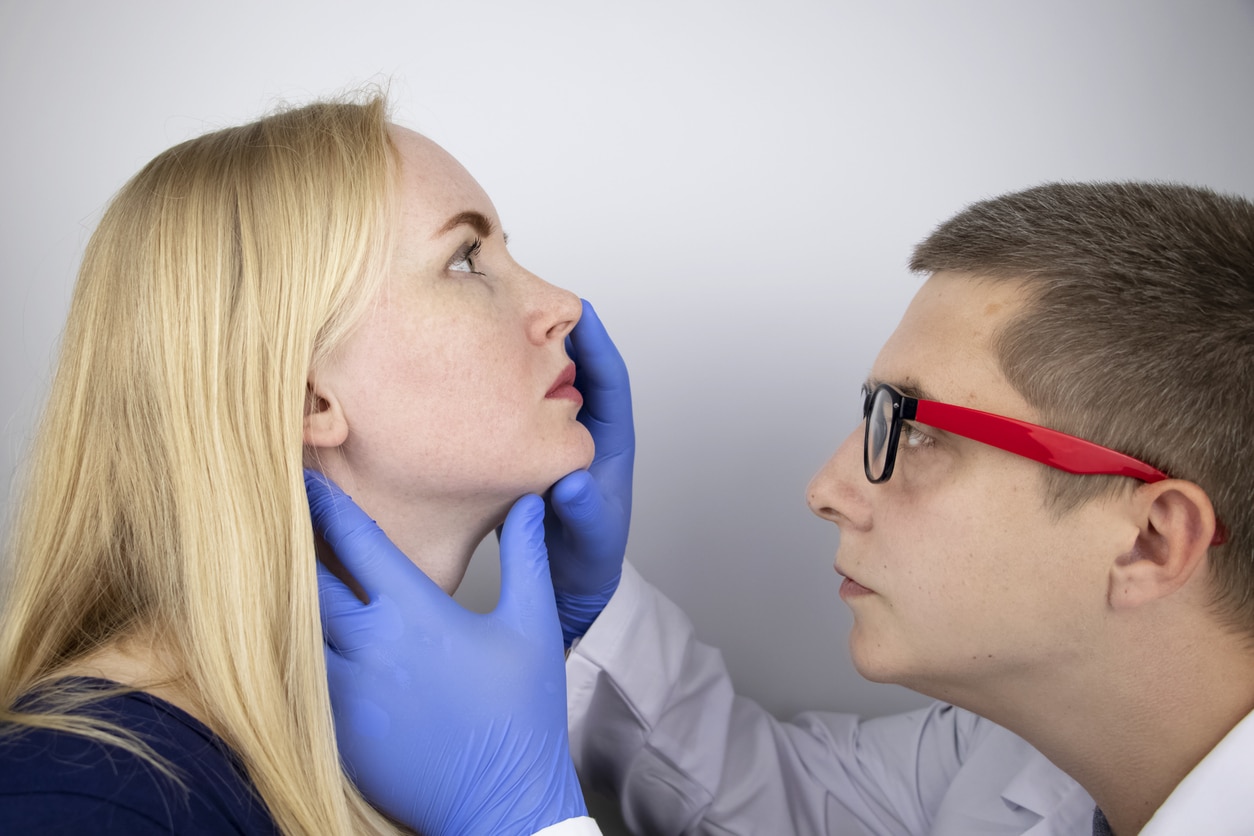A turbinate reduction is a minimally invasive surgical procedure used to treat chronic congestion, chronic sinus infections, mouth breathing, snoring or chronic nosebleeds. This treatment option is used when patients haven’t responded to alternate treatments. This surgical procedure can provide relief by addressing the root cause of nasal blockages. Here’s what you need to know about the procedure and what to expect during recovery.
What is Turbinate Reduction?

Turbinates are small, bony structures inside the nose, covered by soft tissue. They play a role in moisturizing the air as it flows through the nasal passages. However, when turbinates become enlarged due to allergies, infection or other factors, they can obstruct airflow and cause significant discomfort.
Turbinate reduction is a surgical procedure aimed at reducing the size of these turbinates to improve airflow without removing them entirely. This surgery is typically recommended for individuals who have not responded to other treatments like nasal sprays or allergy medications.
What To Expect
Turbinate reduction can be performed under local or general anesthesia, depending on the extent of the surgery and the patient’s preferences. There are several techniques a surgeon might use:
The recovery period for a turbinate reduction typically varies from a few days to a couple of weeks, depending on the surgical technique used and the individual’s overall health. Most patients can return to normal activities within a week, though full recovery may take up to several weeks. Patients may expect:
- Pain and discomfort: Mild to moderate nasal pain and congestion are common but manageable with prescribed pain relievers.
- Bleeding: Some minor bleeding is normal, especially within the first few days after surgery.
As part of recovery, the patient may be asked to adhere to some guidance to promote the healing process, including:
- Avoidance of nasal irritants: Patients are advised to avoid smoke, dust and other irritants that can hinder the healing process.
- Nasal sprays and humidifiers: Saline nasal sprays and humidifiers can help keep the nasal passages moist and aid in healing.
Following the surgery, patients will likely have a few follow-up visits, which are crucial for monitoring the healing process and ensuring the turbinates do not re-enlarge or scar excessively.
By understanding what to expect before, during and after a turbinate reduction, patients can prepare better and take active steps towards achieving a successful outcome. If you’re experiencing conditions that may be treated by this procedure, contact ENT & Allergy Specialists – Ear Nose and Throat Physicians and Surgeons to schedule an appointment.